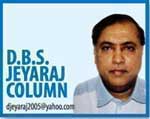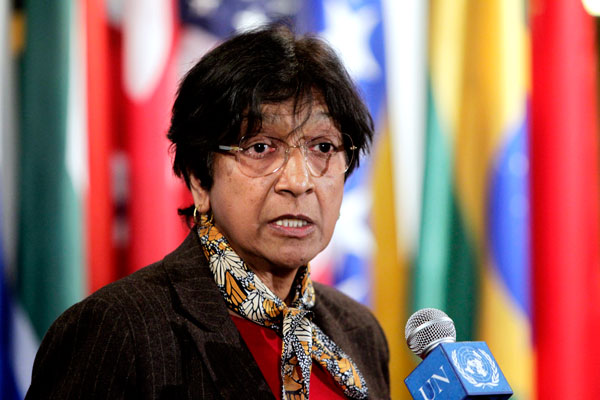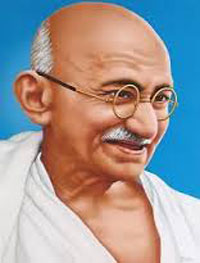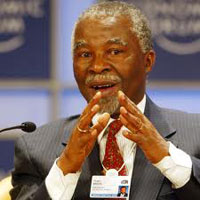31 Aug 2013 - {{hitsCtrl.values.hits}}
 By D.B.S.JEYARAJ
By D.B.S.JEYARAJ
 MADRAS PRESIDENCY
MADRAS PRESIDENCY| " He felt when he came to a Tamil meeting that he came to blood relations.The Tamils had shown so much pluck, so much faith, so much devotion to duty and such noble simplicity, and yet had been so self-effacing " |
| " The Tamil population of our country should exercise the democratic right for which many Tamils fought for, for which many Tamils made many sacrifices to ensure that we get this right to vote and I am talking about important leaders of our people " |
 These paragraphs bear eloquent testimony to the progressive role played by South African Tamils in political non – violent struggles a century ago. But what of the more recent anti-apartheid struggle against oppressive Afrikaner regimes?
These paragraphs bear eloquent testimony to the progressive role played by South African Tamils in political non – violent struggles a century ago. But what of the more recent anti-apartheid struggle against oppressive Afrikaner regimes?
17 Nov 2024 27 minute ago
16 Nov 2024 6 hours ago
16 Nov 2024 6 hours ago
16 Nov 2024 7 hours ago
16 Nov 2024 7 hours ago